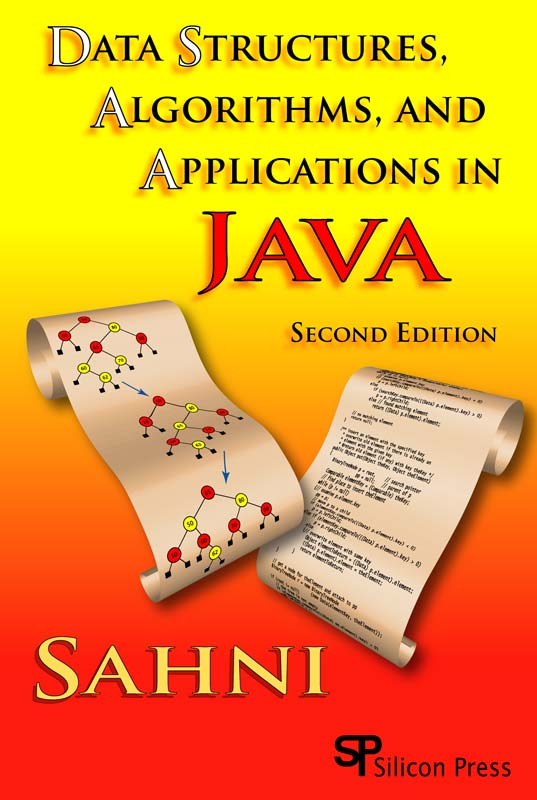UNIX - The Complete Reference Book
UNIX: The Complete Reference(Second Edition)
By Ken Rosen
Table of Contents
Part I - Basic
Chapter 1 - Background
Chapter 2 - Getting Started
Chapter 3 - Working with Files and Directories
Chapter 4 - The Command Shell
Chapter 5 - Text Editing
Chapter 6 - The GNOME Desktop
Chapter 7 - The CDE and KDE Desktops
Part II - User Networking
Chapter 8 - Electronic Mail
Chapter 9 - Networking with TCP/IP
Chapter 10 - The Internet
Part III - System Administration
Chapter 11 - Processes and Scheduling
Chapter 12 - System Security
Chapter 13 - Basic System Administration
Chapter 14 - Advanced System Administration
Part IV - Network Administration
Chapter 15 - Clients and Servers
Chapter 16 - The Apache Web Server
Chapter 17 - Network Administration
Chapter 18 - Using UNIX and Windows Together
Part V - Tools and Programming
Chapter 19 - Filters and Utilities
Chapter 20 - Shell Scripting
Chapter 21 - awk and sed
Chapter 22 - Perl
Chapter 23 - Python
Chapter 24 - C and C++ Programming Tools
Chapter 25 - An Overview of Java
Part VI - Enterprise Solutions
Chapter 26 - UNIX Applications and Databases
Chapter 27 - Web Development under UNIX
DOWNLOAD:-
http://cur.lv/gtqbu























